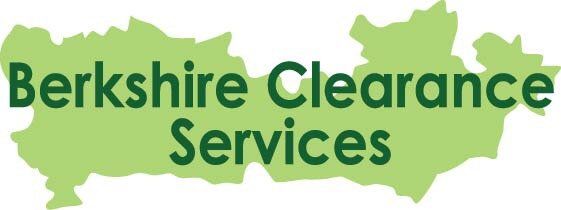Domestic Waste Information & UK Statistics
Domestic waste, also known as household waste, is the everyday rubbish produced in homes. It is non-industrial, non-hazardous and usually collected by councils via bins. Common examples include food scraps, packaging, garden waste, furniture and appliances.
If you have too much domestic waste for council bins, our licensed Berkshire team can collect it the same day Call 0118 937 1788 or WhatsApp us now.
Examples of Domestic Waste
- General refuse incuding: wrappers, packaging, paper, cardboard
- Food waste incuding: leftovers, peelings, tea bags, coffee grounds
- Recyclables incuding: glass, plastics, tins, cartons
- Garden waste incuding: grass, leaves, hedge trimmings
- Bulky household items incuding: sofas, mattresses, wardrobes
- Appliances incuding: fridges, cookers, washing machines
- Textiles incuding: clothing, bedding, curtains
- Small WEEE incuding: kettles, toasters, hairdryers
For removal, see our Domestic Waste Disposal Service.
What Isn’t Domestic Waste?
Some items produced at home need specialist handling and are not classed as standard domestic waste:
- Hazardous waste incuding:paints, solvents, asbestos
- Clinical/medical waste incuding: sharps, medicines
- Construction rubble incuding: soil, stone, hardcore, rubble
For specialist clearance, see Event & Specialist Waste Services.
Domestic Waste in the UK Key Statistics
- UK households generate around 26 million tonnes of waste each year ( DEFRA Waste Data ).
- That’s about 400 kg per household per year( GOV.UK Household Waste Data ).
- Approximately 45% is recycled the rest goes to landfill or energy recovery ( DEFRA Local Authority Waste ).
Why Correct Disposal Matters
- Protects the environment and reduces pollution.
- Keeps communities clean and hygienic.
- Ensures compliance with UK waste regulations.
- Maximises recycling and reuse opportunities.
Overflowing bins? Try our Bin Hire or Waste Clearance in Reading.
